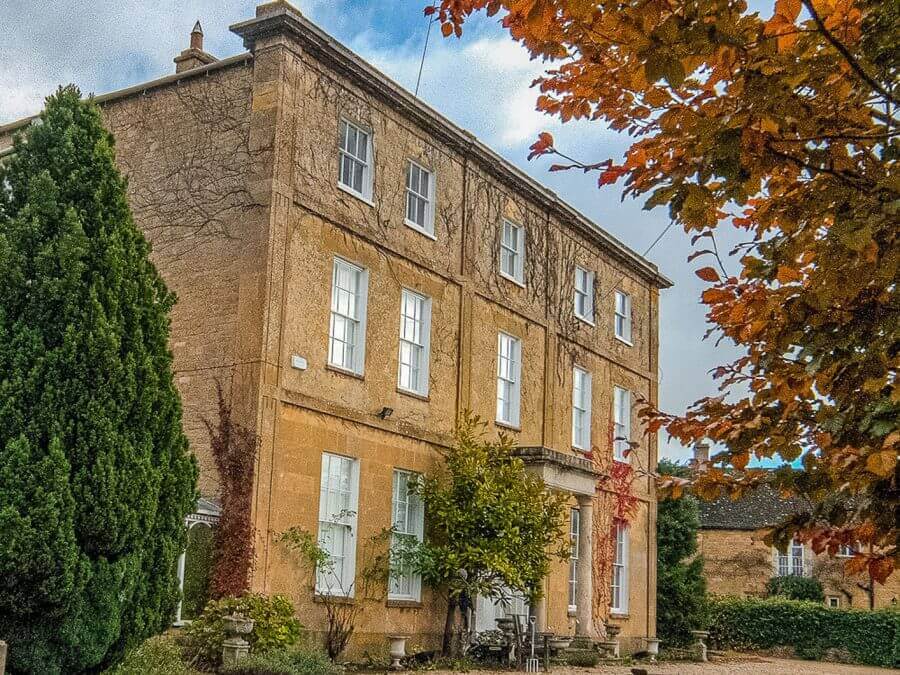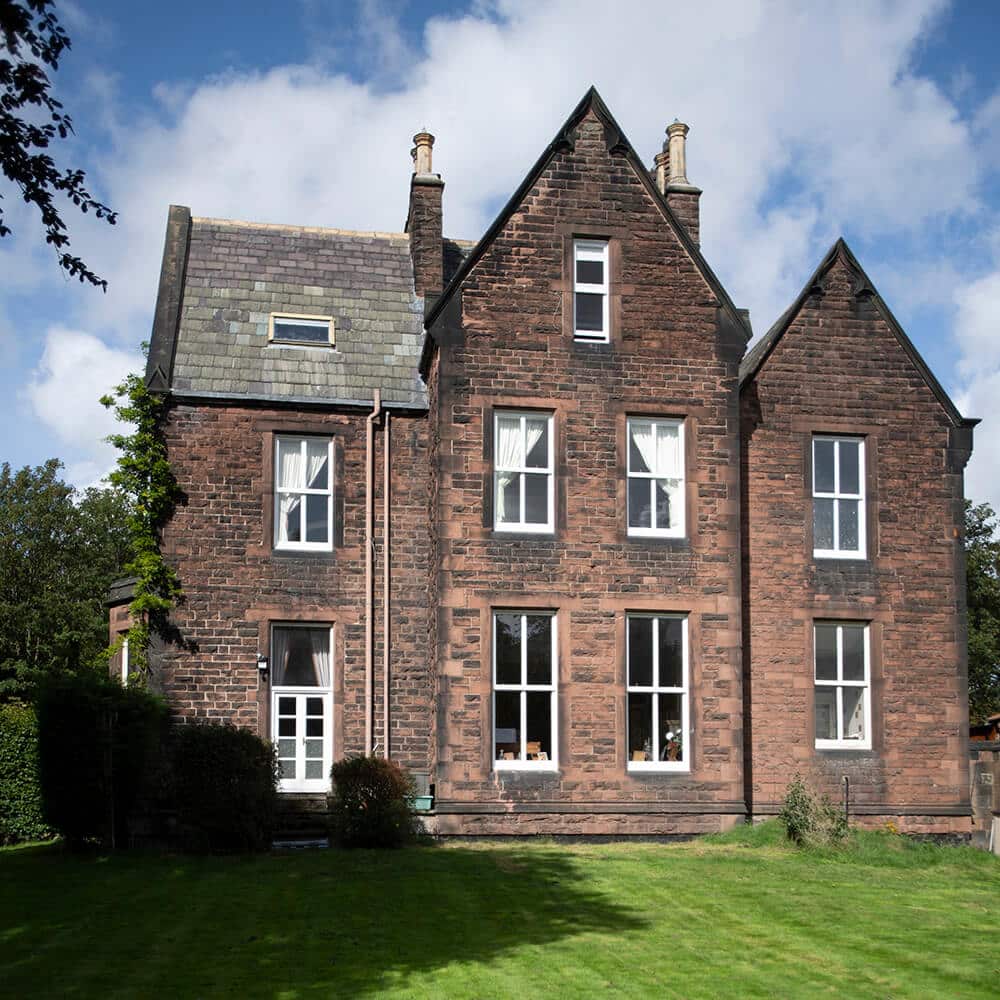10 Do’s and Don’ts of Listed Building Restoration

Restoring a listed building can be fraught with problems and hoops through which you’re forced to jump. However, with a little homework and a few phone calls you can make the process a much smoother affair and complete your project sooner.
The Do’s of Listed Building Restoration
- Do – know your rights on VAT! Energy performance improvement work within a renovation project triggers only 5% VAT. It’s always worth checking before you pay any bills as there is no function to reclaim VAT once it’s paid.
- Do – ensure your home insurance is suitable for Listed Buildings. It’s well worth finding a specialist insurance company for listed buildings as, if disaster strikes, the conservation officer will insist you reinstate with similar materials to match the rest of the house and a standard policy may not cover the full cost.
- Do – make friends with your local Conservation officer, they will be your ally and greatest friend, and will know all about other property owners in your locality who have encountered similar problems as you may.
- Do – before buying a listed building, ensure the correct building consent has been achieved on any works carried out by previous owners. Unfortunately it doesn’t matter if unapproved works were done before your ownership, you will be liable.
- Do – stay organised. Keep all permissions and plans after work is completed, you will need these if you sell your home in the future
The Don’ts of Listed Building Restoration
- Don’t – combine modern repair methods with traditional methods. The property will most likely be built with Lime Mortar and using cement in older buildings can cause irreparable damage.
- Don’t – remove or alter original architectural features such as doors, decorative stonework, fireplaces or windows. They are often integral to the buildings’ listed status.
- Don’t – paint or render stonework, stoneclean buildings, lower or demolish chimneystacks or pots, or add new pipework, flues or alarm boxes on principal elevations of the property.
- Don’t – assume your garden is yours to play with. Often walls and trees will be listed too, so don’t knock-down boundary walls or remove gates.
- Don’t – rush! Consider any changes you wish to make, take advice from professionals and always speak to either the Conservation office, Historic England or both. Spend some time in the property, it has stood for many years so a couple of months consideration time will be well spent.

How to apply for Listed Building Consent
The first step towards obtaining Listed Building Consent is to speak to your local Conservation Officer. You can apply online or get a paper form here.
You will need consent if you’re planning to extend or change a building that will affect its character. You’ll also need consent if you’re planning to demolish a listed building, obviously.
Carrying out work without consent on a listed building is a criminal offence so in that respect it is always better to work your way through what can sometimes be bureaucratic system to obtaining permission for changes than to simple go ahead and make changes and hope either a) they won’t be seen or b) they will be approved retrospectively. We often carry out work to reinstate period windows that have been removed or altered without first gaining consent which even without prosecution means the home owner has had to pay twice.
Do you need consent for all changes no matter how small?
Unfortunately, there are no steadfast rules for what can and can’t be altered without first obtaining consent. Even more confusing is that what might be acceptable in one authority may not be in another, often it comes down to the individual Conservation Officer.
Understanding the history of your property, the changes that have been made in the past is key to obtaining consent.
When considering an application your local council will weigh the heritage, special features, regional setting, local regard and many other factors before approving or rejecting the application. For these reasons every application is different, unique and measured on its own merits.
You can find a full list of information here you’ll need when creating your application and Design and access statement.
How long does it take to get consent?
If you’re applying for relatively small works, then local authorities have a target of 8 weeks. Bear in mind this is a target and like all government targets, can be missed.
The 8 weeks includes 21 days where your neighbours and other interested parties will be consulted.
To ensure the application process moves smoothly and has the best chance of it is advised to arrange a pre-application meeting with your conservation officer. Some authorities charge a fee for this service.
Useful links:
Listed Property Owners Club
Find Your Local Council Conservation Officer
Information Required For Application
Historic England (English Heritage)
For help and advice on your Listed Building renovation project, you can speak to our team.
